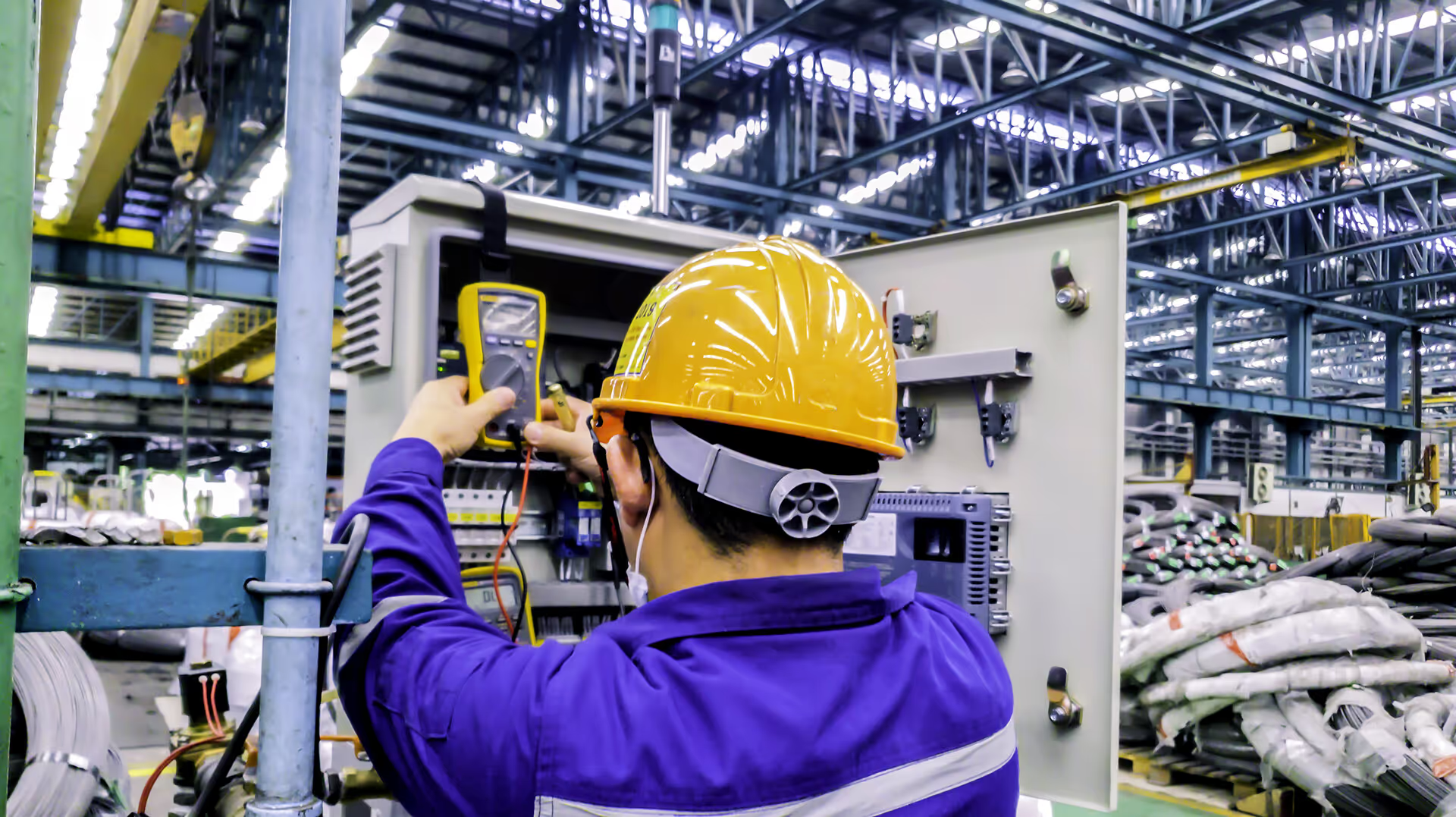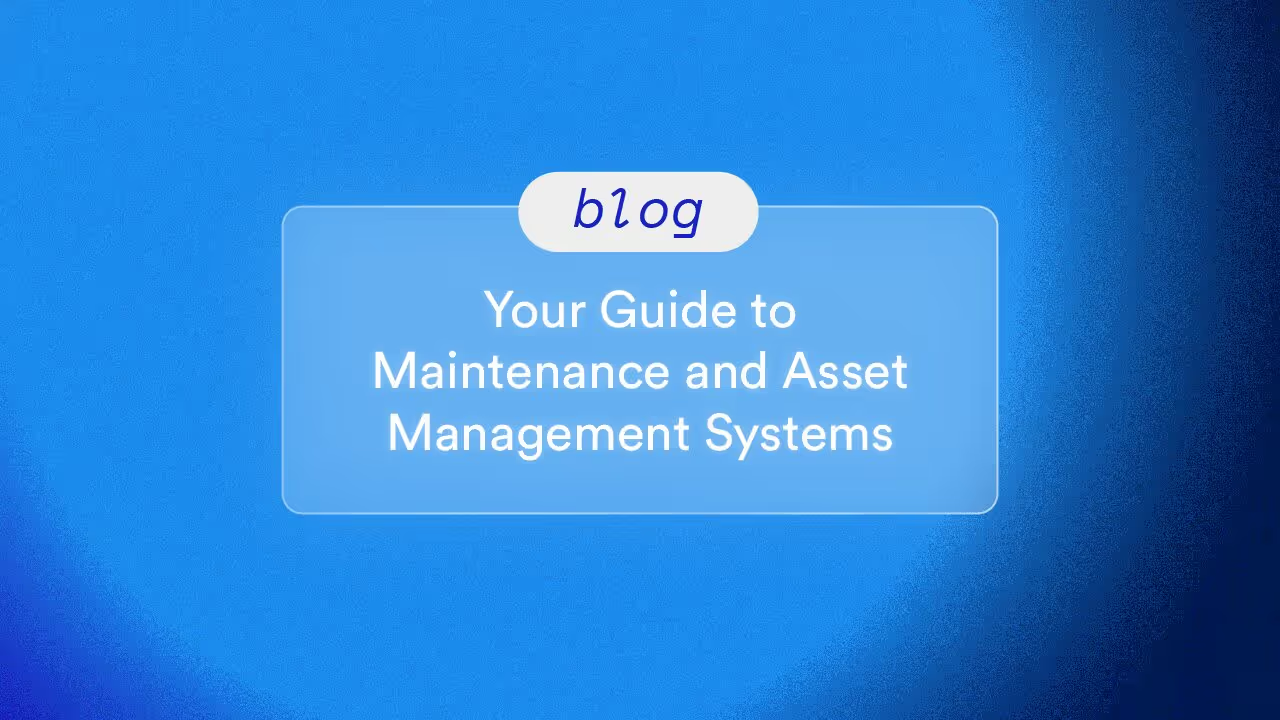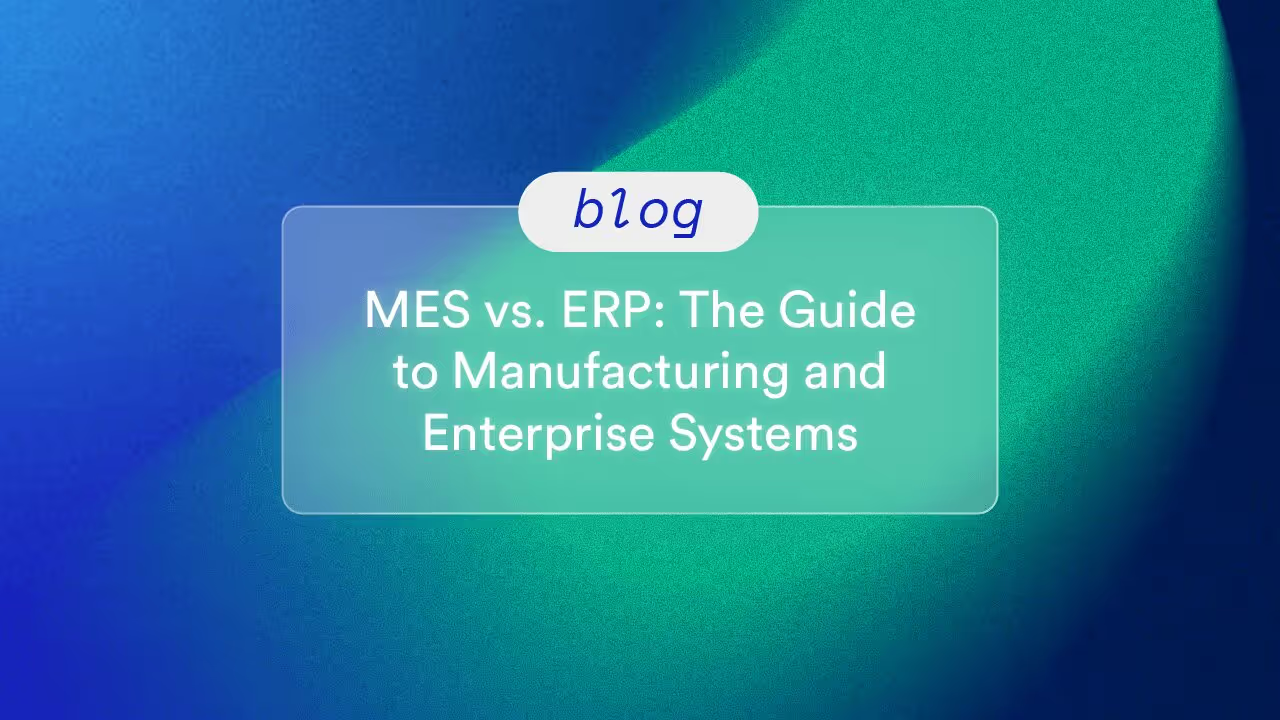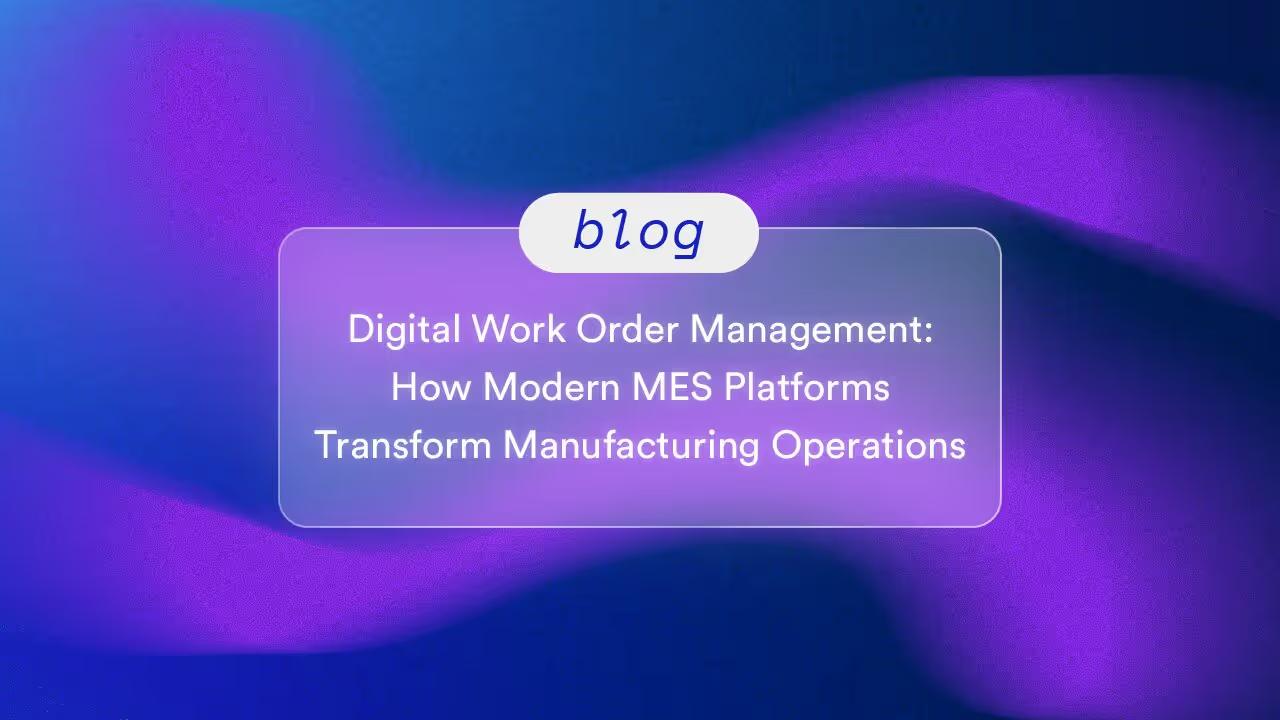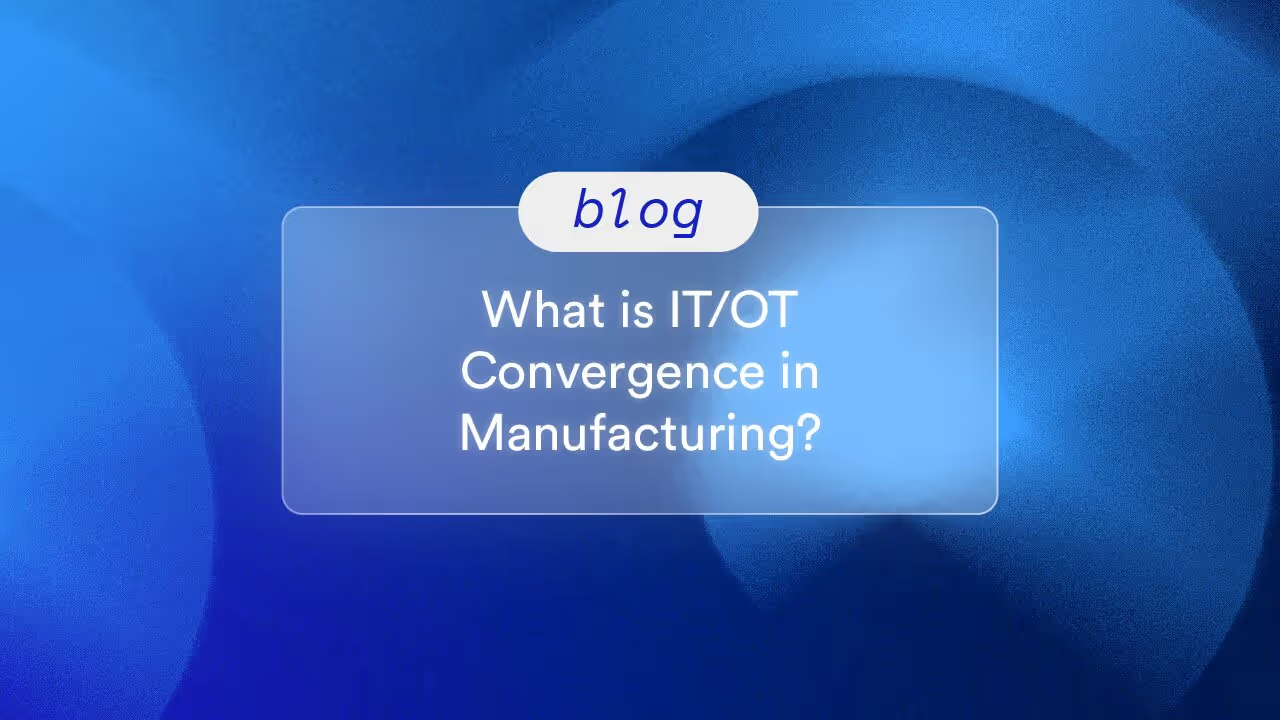Equipment breakdowns happen. Sometimes, they are glaringly obvious—lines come to a grinding halt, machines unexpectedly shut down, etc. Sometimes, however, breakdowns—or disruptions, as it were—are less perceptible. Micro stoppages, unperceived by the naked eye, result in unanticipated production delays. Finished good quotas fall short even though nothing appeared to go awry during the corresponding run. So, what is to be done? To keep production operating efficiently and on time, manufacturers need to strategically preempt potential breakdowns. They need to be tending to equipment based on criteria like actual utilization, runtime, and performance, as opposed to perceived. They need to have effective procedures in place to get equipment back up and running in a timely manner in the event that a breakdown does occur. How, you may ask, is all of that achieved? Enter IoT predictive maintenance.
What is Predictive Maintenance?
Predictive maintenance entails adopting advanced technology to monitor machinery in real-time and identify potential bugs or issues before they occur. This practice is similar to proactive maintenance—which involves using data and technology to identify solutions to already-faulty equipment—but relies on consistent data collection to be more forward-looking.
Predictive Maintenace vs Preventative Maintenance
Predictive maintenance contrasts with traditional preventative maintenance, where equipment is typically evaluated for potential breakdowns in the order in which it was installed. In other words, the oldest equipment is monitored first. While this technique may seem logical, it assumes that malfunctions are mostly related to the age of machinery, which is only true 18 percent of the time. By operating on a time-based system, preventative maintenance can also see manufacturers tending to equipment (thereby consuming valuable spare parts) when repairs are not yet needed. Doing so can unnecessarily increase operating budgets, reduce spare part inventory, minimize team member availability, and impact equipment up-time.
Predictive maintenance, on the other hand, offers an objective view of a facility's machinery. The reality is, no piece of equipment will be able to operate at its peak indefinitely. By knowing when a repair will be needed, machinery can be taken offline strategically so as to reduce the impact on overall production. Likewise, if a breakdown does occur, root-cause analysis—enabled by real-time and historical data—gives teams the insight they need to quickly and efficiently remedy the issue. This approach empowers maintenance departments to prioritize equipment repair on an as-needed basis, optimize the ordering of spare parts, maximize team member impact, and keep equipment in its ideal state—up and running.
If you’re curious about the technology behind predictive maintenance, look no further than the Industrial Internet of Things (IIoT).
What is the Industrial Internet of Things (IoT)?
Broadly speaking, the Internet of Things (IoT) offers web-based connectivity and visibility through integrated devices, sensors, and software. A basic example of IoT is a “smart” lightbulb in your home that you can control via a mobile app.
When businesses like manufacturers use IoT to monitor their facility’s machinery and equipment, it’s referred to as the Industrial Internet of Things, or IIoT. To get started with IIoT, manufacturers install sensors on their machinery that measure a whole host of factors (like amperage or vibration rate), and then monitor and adjust these factors with a web-based user interface.
Through IIoT, manufacturers can gain unprecedented access to their facility’s operations and make smarter, more informed decisions.
IoT Predictive Maintenance Integration
IIoT and predictive maintenance come together with sensors and smart devices, enabling condition-based monitoring through tracking factors like equipment vibration, temperature, oil analysis, amperage, differential pressure, and more. Through strategically implementing sensors and monitoring their collected data with a platform like TrakSYS, manufacturers gain the real-time, contextualized knowledge needed to prevent or rapidly address equipment breakdowns.
https://vimeo.com/390909491
Analyzing Condition Based Monitoring
You might be wondering, “How do the smart sensors know what to look for?” With predictive maintenance, real-time analysis is all about condition-based monitoring.
Because much of a facility’s operations are cyclical and driven by patterns, any deviation from the patterns could be a telling sign that something is about to go wrong with a particular piece of equipment. Smart sensors can detect these disruptions in operations and alert manufacturers with a notification on their computer, tablet, or mobile device. Through monitoring factors like temperature and vibration rate, the Smart Devices can detect if a machine is operating beyond its established upper and lower thresholds, which can be a sign that a malfunction is about to occur.
Common Concerns with IoT-based Predictive Maintenance Implementation
Upfront cost is a common concern with IoT-based predictive maintenance. While the practice does require an upfront investment in equipment like sensors and monitoring software, predictive maintenance offers manufacturers significant savings in the long run.
By addressing potential issues before they occur, manufacturers increase their up-time, reduce the frequency (cost) of ordering spare parts, reduce wrench time, and empower their maintenance departments to operate efficiently and effectively. The initial costs—while certainly a factor that merits attention—to get a predictive maintenance program up and running tend to pale in comparison to the increases —both operationally and financially—manufacturers will experience over the lifetime of their business.
TrakSYS works alongside your maintenance crew, providing greater visibility, knowledge, and control with our user-friendly mobile software platform.
FAQs
Predictive maintenance offers an objective view of a facility’s machinery. Unfortunately, even the best manufacturing equipment can’t operate perfectly forever. By anticipating future repairs before a breakdown occurs, manufacturers can strategically take machinery offline to perform maintenance and reduce the impact on overall production. Likewise, if a breakdown does occur, root-cause analysis—enabled by real-time and historical data—gives teams the insight they need to quickly and efficiently remedy the issue. Predictive maintenance removes the guesswork and allows manufacturers to maintain their equipment on an as-needed basis, which means optimizing spare parts usage, maximizing team impact, and keeping equipment up and running.
The Internet of Things (or IoT) lets users “connect” various devices in their home or workplace (like a “smart” lightbulb), and then control and monitor these devices via a web-based app or platform.
IIoT and predictive maintenance come together with sensors and Smart Devices that use condition-based monitoring to track variables like equipment vibration, temperature, oil analysis, amperage, differential pressure, and more. When manufacturers use platforms like TrakSYS to strategically implement sensors and monitor their collected data, they gain the tremendous benefit of real-time, contextualized knowledge that helps prevent or rapidly address breakdowns.
For a high-level overview of how Parsec’s Smart Devices help up-level manufacturing capabilities across industries, click here.
One of the leading benefits of predictive maintenance is the cost-saving it enables. Because predictive maintenance is powered by real-time data collection, it helps manufacturers identify potential problems and resolve them either before breakdowns occur or shortly after. This results in a reduction of spare part ordering, a reduction in wrench time, and—as equipment will be consistently operating more efficiently—can lead to increases in performance and quality, which means a reduction in utility consumption and an increase in throughput and yield.
Another key benefit of IoT predictive maintenance is productivity. With the ability to strategically choose when equipment is taken offline (as opposed to merely reacting to an unexpected breakdown), manufacturers can reduce the impact on overall production.
Finally, predictive maintenance delivers enhanced safety to manufacturers. Faulty or broken equipment can be incredibly dangerous, both for the repair technicians and for any workers who may be nearby. By preventing breakdowns before they even happen, predictive maintenance can help keep a facility running smoothly and safely.
When looking at TrakSYS predictive maintenance management and the use of the platform’s Smart Devices, it becomes possible to monitor a wide array of digital, analog, and serial inputs. Common metrics tracked include vibration, temperature, oil analysis, amperage, differential pressure, line speed, and more.
When IoT is used in a manufacturing setting, it’s referred to as the Industrial Internet of Things, or IIoT. With IIoT, smart sensors are installed on a facility’s machinery to keep track of important operating factors like temperature, vibration rate, and more. IIoT helps manufacturers gain a crystal-clear view of their entire operation and make smarter decisions.
Related Blog Posts


Let’s Build Your Plan
We’ll help you create the right configuration—today and for the future.



